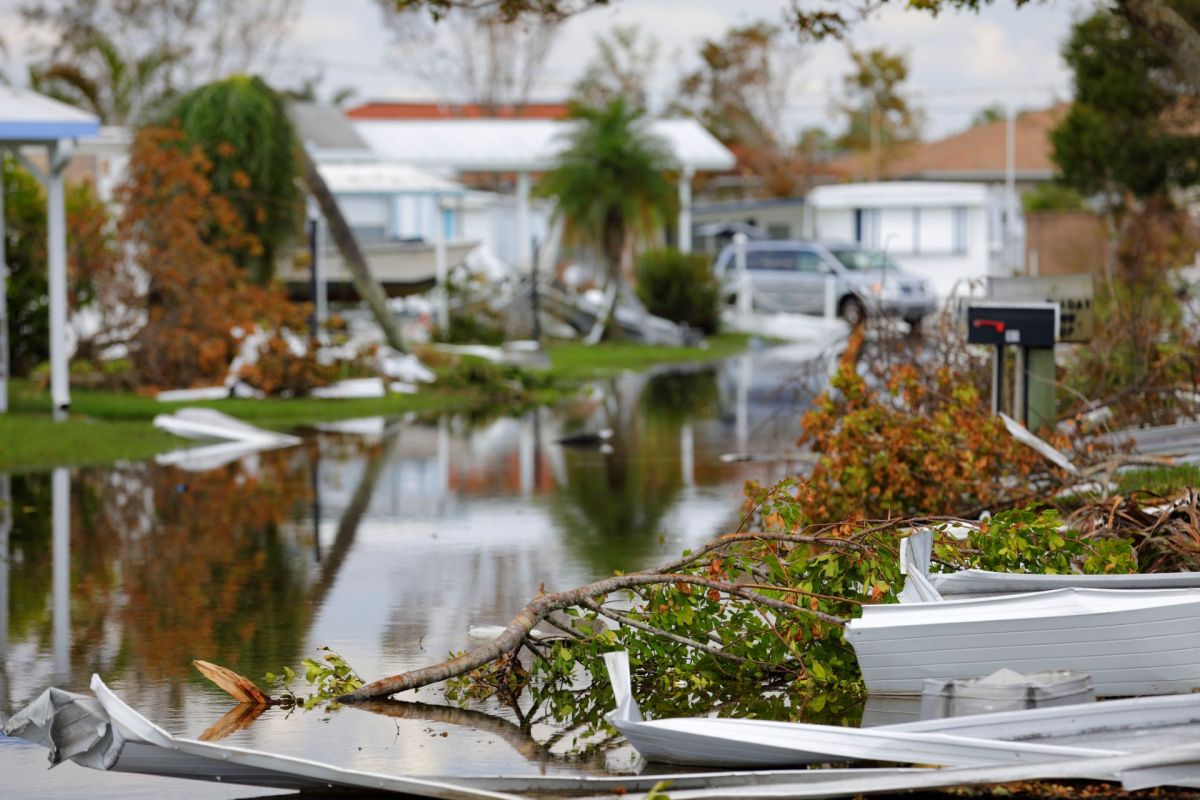Firefighters in Palm Harbor, Florida, issued a warning to Tesla owners, as well as owners of other electric vehicles in the area, that the EVs were in danger of catching on fire in the aftermath of Hurricane Idalia.
Two Teslas reportedly caught on fire as the saltwater from the intense flooding that resulted from the hurricane caused a reaction with the EVs' lithium-ion batteries.
"If you own a hybrid or electric vehicle that has come into contact with saltwater due to recent flooding within the last 24 hours, it is crucial to relocate the vehicle from your garage without delay," Palm Harbor Fire Rescue wrote in a Facebook post. "Saltwater exposure can trigger combustion in lithium-ion batteries. If possible, transfer your vehicle to higher ground."
Car blog Jalopnik explained the science a bit further, writing, "When saltwater evaporates, the residual salt left in the battery can create bridges between the cells in the lithium-ion battery pack and spark an inferno … It is important to note that the electric car can seem fine but burst into flames weeks after being exposed to saltwater."
It is a common misconception that EVs catch on fire more frequently than traditional gas-powered vehicles, according to a recent study out of Sweden. While fires involving gasoline-powered cars may not get as much news coverage, they were still found to be more common than EV fires, even when accounting for the higher number of gasoline cars in the country.
But the main issue with EV fires is that they burn much hotter than gas-car fires and are more difficult to put out.
It often takes tens of thousands of gallons of water for firefighters to put out EV fires — and most firefighters have not been adequately trained to deal with these incidents.
"The Fire Service has had 100 years to train and to understand how to deal with internal combustion engine fires," a spokesperson for the National Fire Protection Association, which offers EV classes for firefighters, told Vox. "With electric vehicles, they don't have as much training and knowledge. They really need to be trained."
All of this equates to some unfortunate bad press for the EV industry. Still, with time and new technological developments — like this firetruck specifically designed to put out EV fires using around the same amount of water used to fill up a bathtub — firefighters will become more equipped to put out these blazes faster.
Join our free newsletter for easy tips to save more, waste less, and help yourself while helping the planet.









